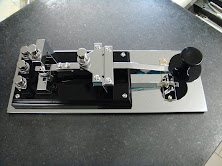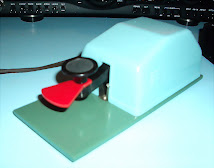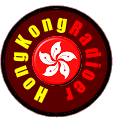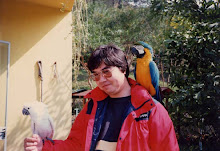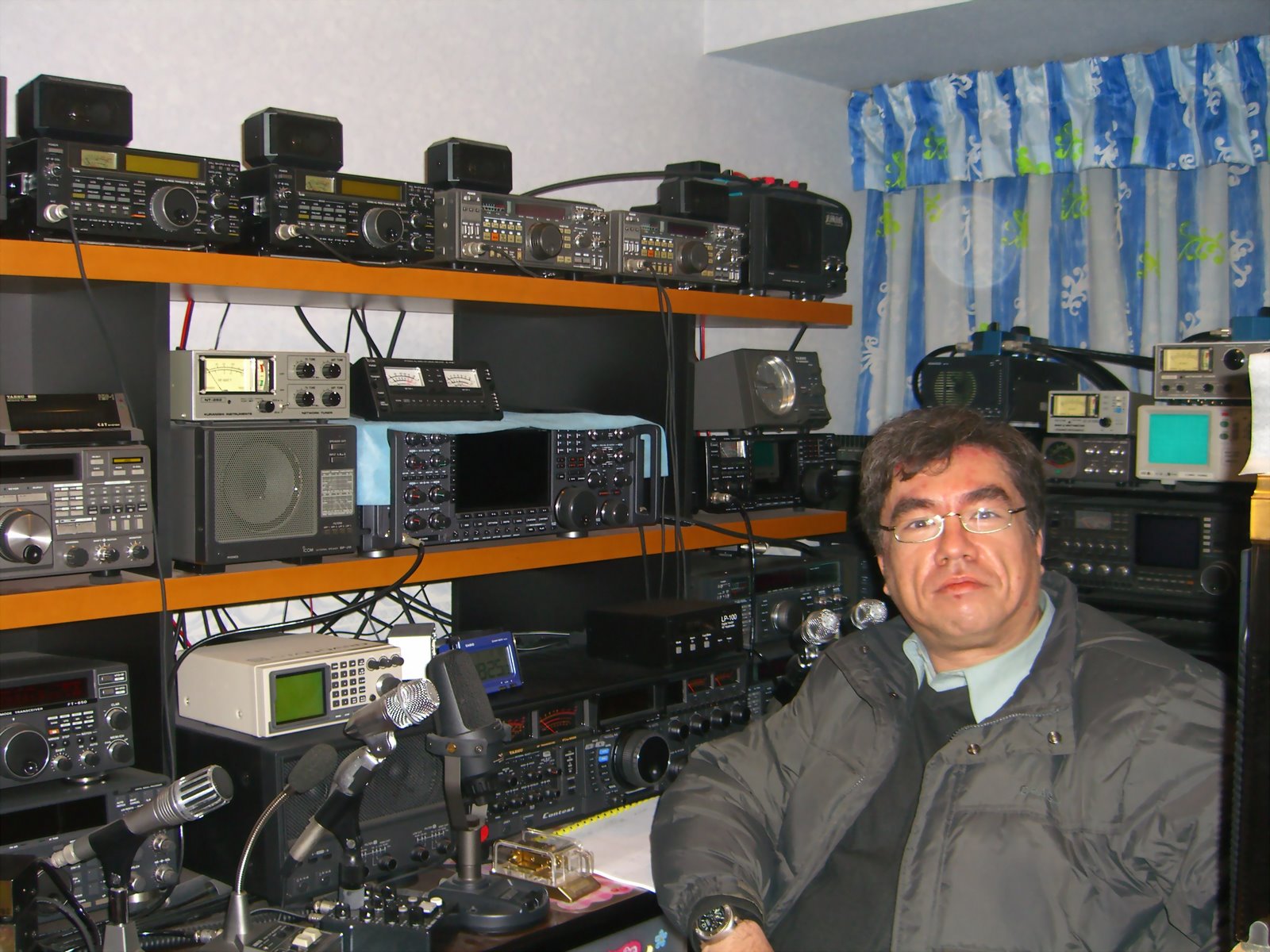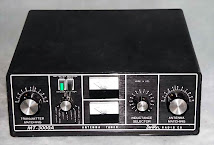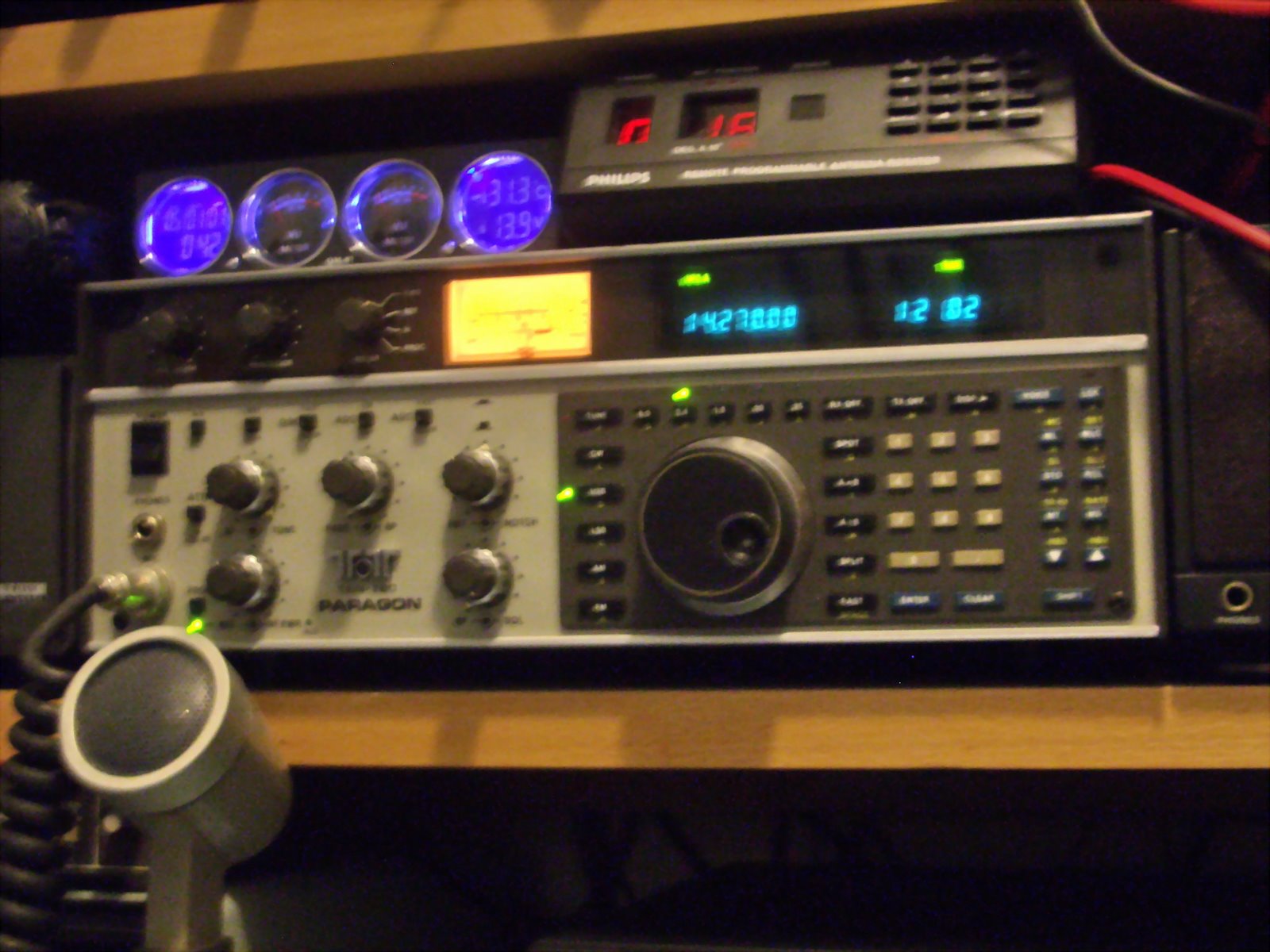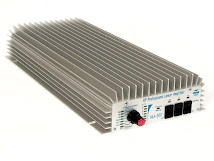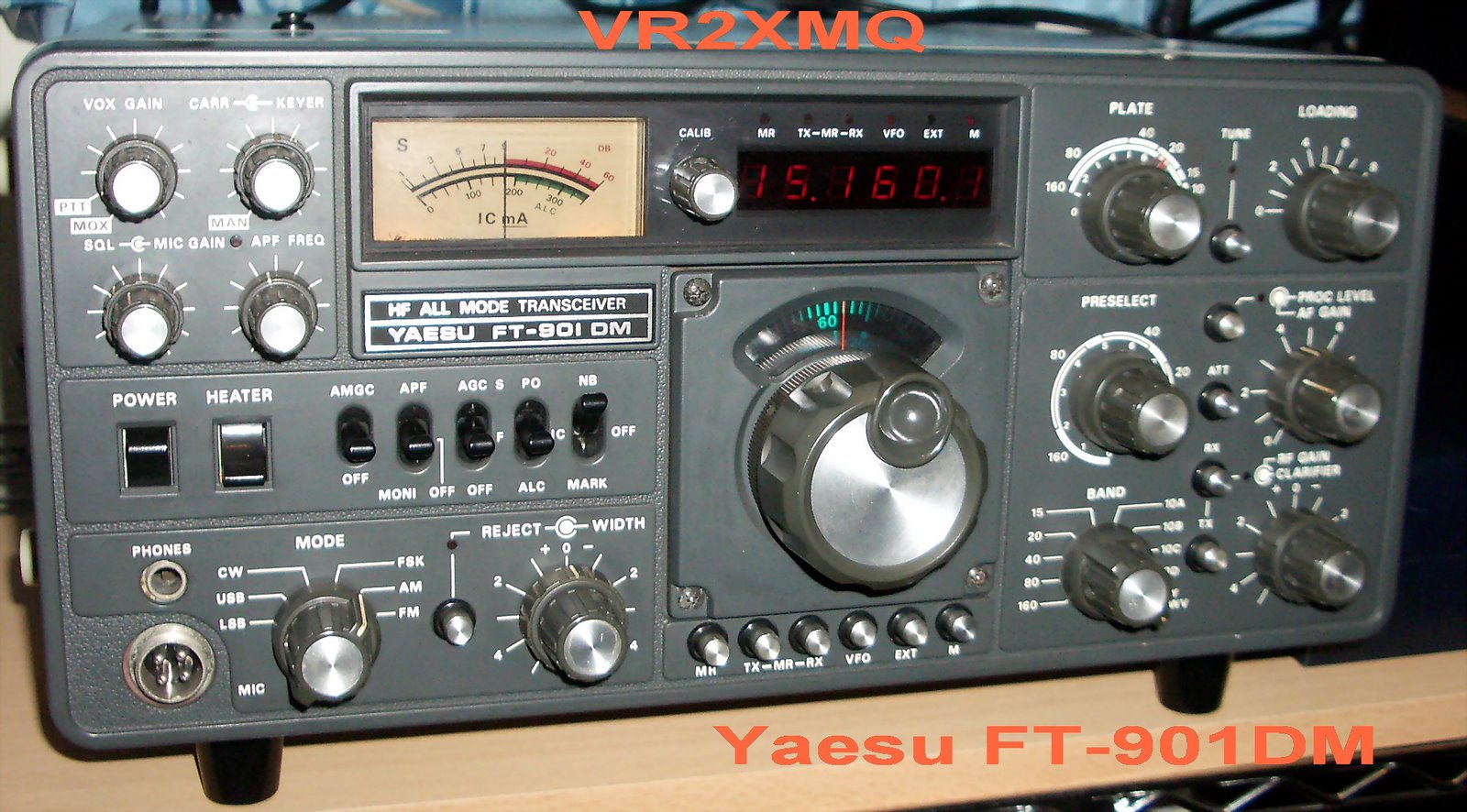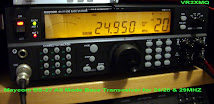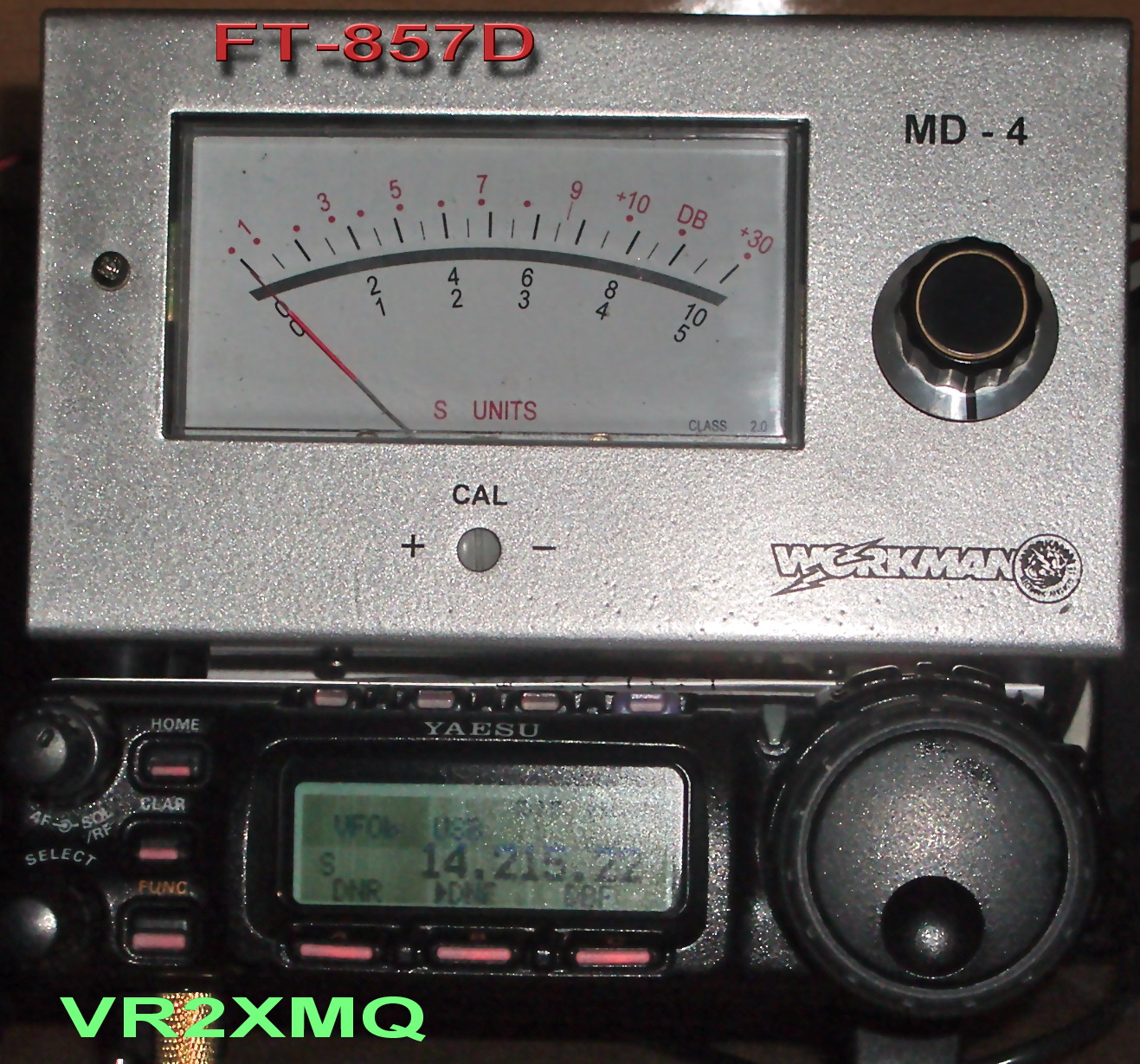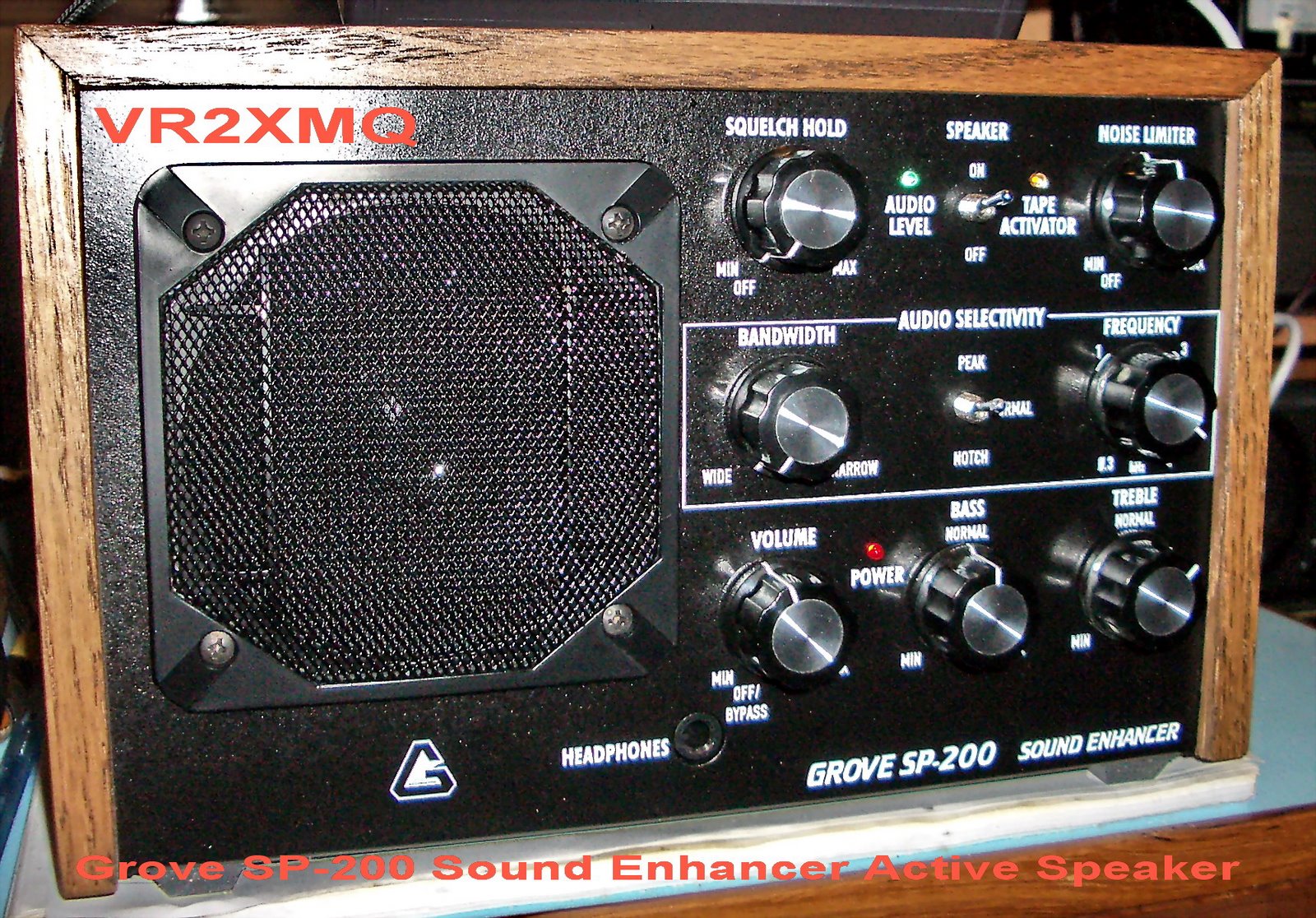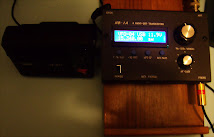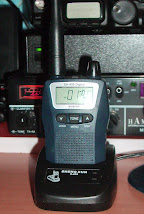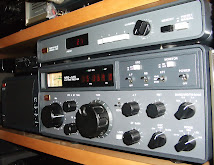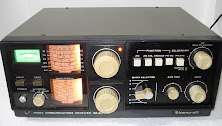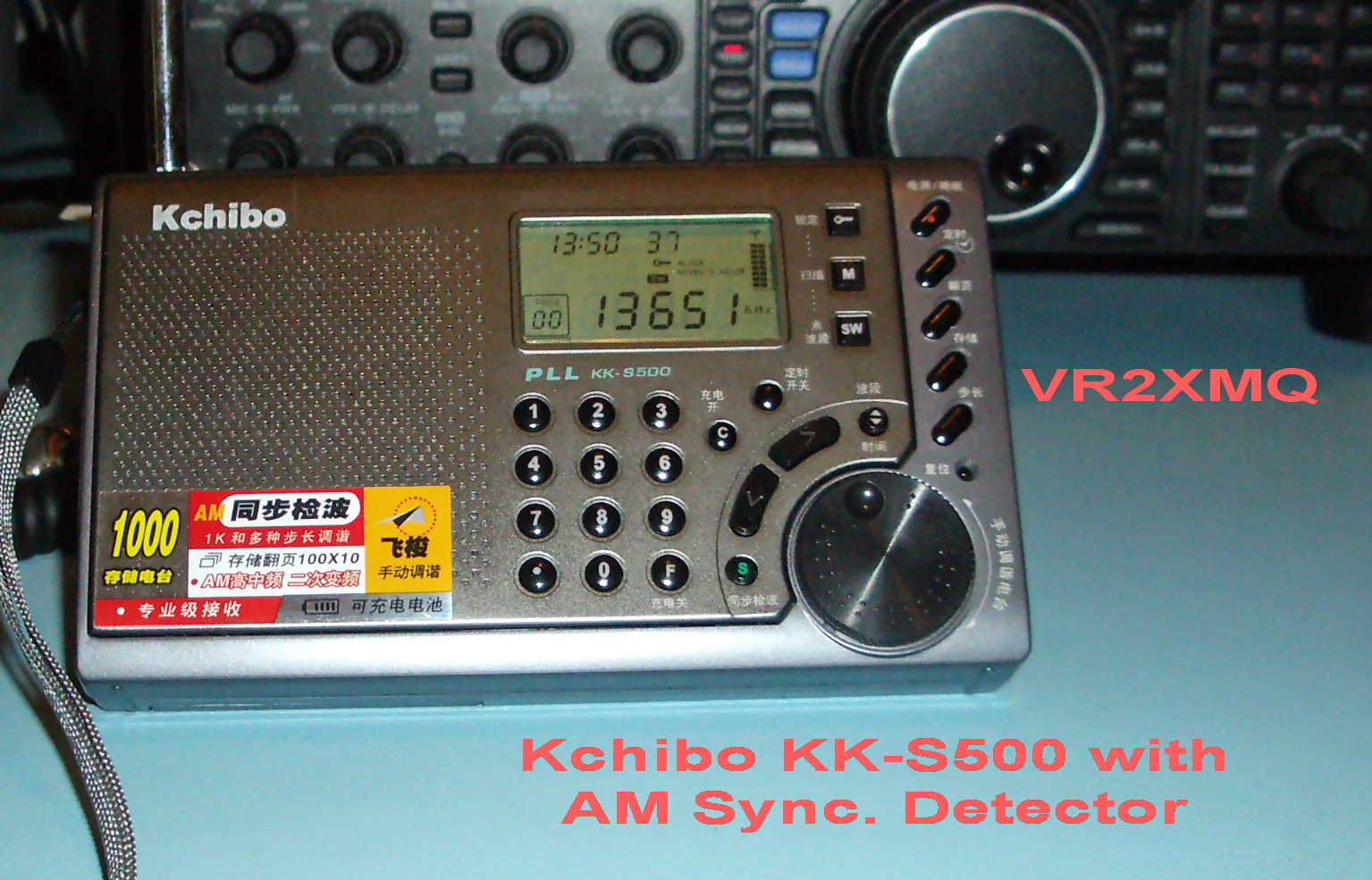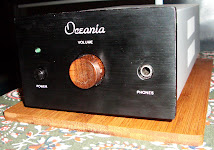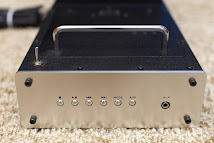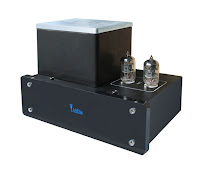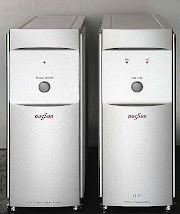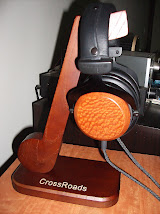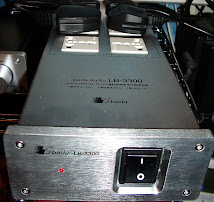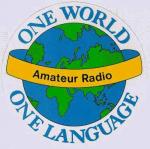-
Friday, March 1, 2013
Thursday, February 28, 2013
Tuesday, February 26, 2013
Some Interesting GMT Wrist Watches
1. Prometheus Ocean Diver GMT:
2. Hamilton X-Landing:
3. Kentex Skyman:
4. Seiko Spring Drive GMT:
5. Vip Time Italy Men's VP5045BK Magnum GMT Watch:
6. Arnold Men's GMT Timekeeper watch:
7. L.U.C. Pro One GMT Sports Watch from Chopard:
8. Vostok-Europe:
9. Zeno Airplane Diver GMT:
10. Christopher Ward Trident GMT:
11. Steinhart Ocean 1 GMT:
12. Citizen BJ9130:
13. Orient Explorer:
14. Heuer Autavia GMT 900:
15. Breitling for Bentley GMT chronograph:
16. Kentex SKYMAN WORLDTIME:
17. Ingersoll GMT Automatic:
2. Hamilton X-Landing:
4. Seiko Spring Drive GMT:
5. Vip Time Italy Men's VP5045BK Magnum GMT Watch:
6. Arnold Men's GMT Timekeeper watch:
7. L.U.C. Pro One GMT Sports Watch from Chopard:
8. Vostok-Europe:
9. Zeno Airplane Diver GMT:
10. Christopher Ward Trident GMT:
11. Steinhart Ocean 1 GMT:
12. Citizen BJ9130:
13. Orient Explorer:
14. Heuer Autavia GMT 900:
15. Breitling for Bentley GMT chronograph:
16. Kentex SKYMAN WORLDTIME:
17. Ingersoll GMT Automatic:
Monday, February 25, 2013
Oldie But Goodie - Yaesu FT-847 HF-VHF-UHF Transceiver.
Hello, it has been a very long spell since I have blogged and written anything here. Just too much going on in my life and little time for any hobbies in general. But I will make a change to that shortly and certainly will have a much more balanced allocation of my time on my hobbies, especially amateur radio and listening to music.
From the photo, many of you will recognize that I am going to blog about the Yaesu FT-847 base transceiver which covers HF, 50 MHz, 144 MHz and 430 MHz. It has general coverage receive and is also an all mode rig.
Not much is written on the FT-847 and I would dare say that this is a often overlooked nice little rig. Some would say that it is a bit on the noisy side - you are right and it is because it is quite a sensitive rig with quite a good front end.
The FT-847 was known as the "Earth Station" according to sales literature and the company's web site. Yaesu introduced the FT-847 in the 1998 as a replacement for the then discontinued FT-736 VHF/UHF Satellite transceiver, with production of the FT-847 ending in 2005. The FT-847 is a multimode transceiver providing coverage of all nine high frequency amateur bands, plus coverage of the 50 MHz, 144 MHz and 430 MHz, with provisions for satellite operations. I would consider this as a sleeper and a keeper. It would be a nice rig for those entering amateur radio and wanting almost everything in one box. This is used by me as a back up rig primarily for HF and 6 meters.
This is the hype by Yaesu:
The FT-847 was known as the "Earth Station" according to sales literature and the company's web site. Yaesu introduced the FT-847 in the 1998 as a replacement for the then discontinued FT-736 VHF/UHF Satellite transceiver, with production of the FT-847 ending in 2005. The FT-847 is a multimode transceiver providing coverage of all nine high frequency amateur bands, plus coverage of the 50 MHz, 144 MHz and 430 MHz, with provisions for satellite operations. I would consider this as a sleeper and a keeper. It would be a nice rig for those entering amateur radio and wanting almost everything in one box. This is used by me as a back up rig primarily for HF and 6 meters.
This is the hype by Yaesu:
HF+VHF+UHF ALL MODE TRANSCEIVER
The FT-847 Earth Station: A masterpiece of high-tech design and packaging know-how!
Utilizing the latest computer-aided design techniques and thousand of "chip" components. Yaesu's engineers have achieved an engineering breakthrough that was only a dream just a few years ago: a full-power transceiver covering HF, 50 MHz, 144 MHz, and 430 MHz bands in a package about 2/3 the size of an average briefcase. Ready for action on SSB, CW, AM, FM, and digital modes, the FT-847's ultra-compact size makes it ideal for serious base stations use, and well as a variety of portable and mobile applications, including Field Day, DX-peditions, VHF/UHF "Rove" operation, and RV installations. And long-term reliability is ensured by the rugged construction, featuring an aluminum die cast chassis which doubles as the power amplifiers’ heat sink.
Unmatched for Satellite Operation
The FT-847 includes cross band full duplex operating, so you can hear your downlink signal while
transmitting (on a different band) on the uplink. The FT-847 is ready for operating on Mode A
(TX: 145 MHz, RX: 29 MHz), Mode B (TX: 435 MHz, RX: 145 MHz), Mode J
(TX: 145 MHz, RX: 435 MHz), or Mode T (TX: 21 MHz, RX: 145 MHz).
Independent display of both the TX and RX frequencies is provided, and twelve dedicated
Satellite VFOs allow you to set the transceiver up for operation on a number of different
transponders.
Both "Normal" and "Inverted" tracking of the uplink and downlink VFOs is available.
Leading-Edge Receiver Design
Strong enough to survive the rigors of competitive HF operating, yet sensitive enough for stand
alone Moon bounce operation without an external preamplifier, the receiver section of the FT-847
includes a low noise preamplifier, followed by a quad-FET first mixer, which provides outstanding
rejection of intermodulation.
On 430 MHz, the receiver preamplifier is a HEMT device, for extremely low noise. And if you
have tower-mounted preamplifiers you wish to utilize, the FT-847 can be configured to bypass
the internal preamp in favorite of passing +12V through your coax line to power your preamplifier.
Built-in Digital Signal Processing (DSP)
For improved interference rejection, or enhancement of the signal-to-noise ratio, the FT-847
includes a sophisticated audio DSP system. Featuring Auto-Notch, Noise Reduction, and
Bandpass Filter circuits, the DSP is an effective tool for improving receiver performance.
The Bandpass Filter is particularly effective in weak signal work, such as EME (Moon bounce),
as the CW bandwidth may be reduced to a razor-sharp 25 Hz, with a variable center frequency.
This can yield almost 10 dB of signal-to-noise improvement over many commonly-used audio filters.
Shuttle-Jog™ Quick Tuning Aid
First introduced on Yaesu's FT-1000MP transceiver, the Shuttle-Jog™ Tuning Ring provides
rapid frequency change by its unique spring-loaded design. Rotating the Shuttle-Jog™ ring slightly
to the left or right begins manual scanning to lower or higher frequencies, respectively; lean the
ring further, and the scanning rate increases!
High-Contrast Multi-Function Blue Liquid Crystal Display (LCD)
The large blue LCD provides high resolution and contrast for easy viewing from a wide range
of angles and light levels. Dozens of status indicators keep you informed of every aspect of
your FT-847's operating characteristics, with a large Sub-VFO field on the right side being
particularly helpful during satellite operation.
|
The LCD's illumination brightness is adjustable via an 8-level dimmer function.
- 100Khz to 76Mhz ( no gaps ) even though the instruction manual and advertising mentions it has a gap between 30Mhz and 37Mhz.
- 108Mhz to 174Mhz
- 410Mhz to 512Mhz
- SSB/CW 2.2Khz
- AM 9Khz
- AM/N 2.2Khz
- FM 15Khz
- FM/N 9Khz
The transmitter in the FT-847 is 100w HF and 6m and 50w on 2m and 70cm. there are 2 fans for cooling the transmit stage (one fan is on all the time and when the ptt is pressed the other fan starts up for better circulation).
Frequency Range Transmit
- 160 to 6 m, excluding 60 meters (amateur bands only): 100 W (25 W AM carrier)
- 2 m: 50 W (12.5 W AM carrier)
- 70 cm: 50 W (12.5 W AM carrier)
Emission Modes:
- USB, LSB, CW, AM, FM, F1 (9600 bit/s Packet), F2 (1200 bit/s Packet), AFSK
- The FT-847 is a transceiver designed with satellite operation in mind, with features such as cross band full duplex operation, Normal/Reverse Tracking, CTCSS/DCS Encode and Decode and 0.1 Hz tuning steps.
- An often overlooked feature of the FT-847 is its four (4) antenna connectors, separating HF, 6 m, 2 m, and 70 cm.
Overall:
Some You Tube videos of the "Earth Station" in operation:
I have enjoyed operating this nice little rig and it shall stay within my shack as a keeper, since I do like the concept of having almost all bands in one box. My advice is if you can find one in fairly good condition, grab it. I owned and operated a FT-736 prior to the FT-847 and I can tell you that I much prefer the FT-847 for overall packaging and performance. The RX on 50MHz is good, only the RX on FT-920 is better.
The photo shows the rear of the FT-847 and the various connections the transceiver sports:
Those needing wiring details for the various connections for the FT-847 can refer to the wiring diagram below for reference:
The photo shows the rear of the FT-847 and the various connections the transceiver sports:
Subscribe to:
Posts (Atom)




















































